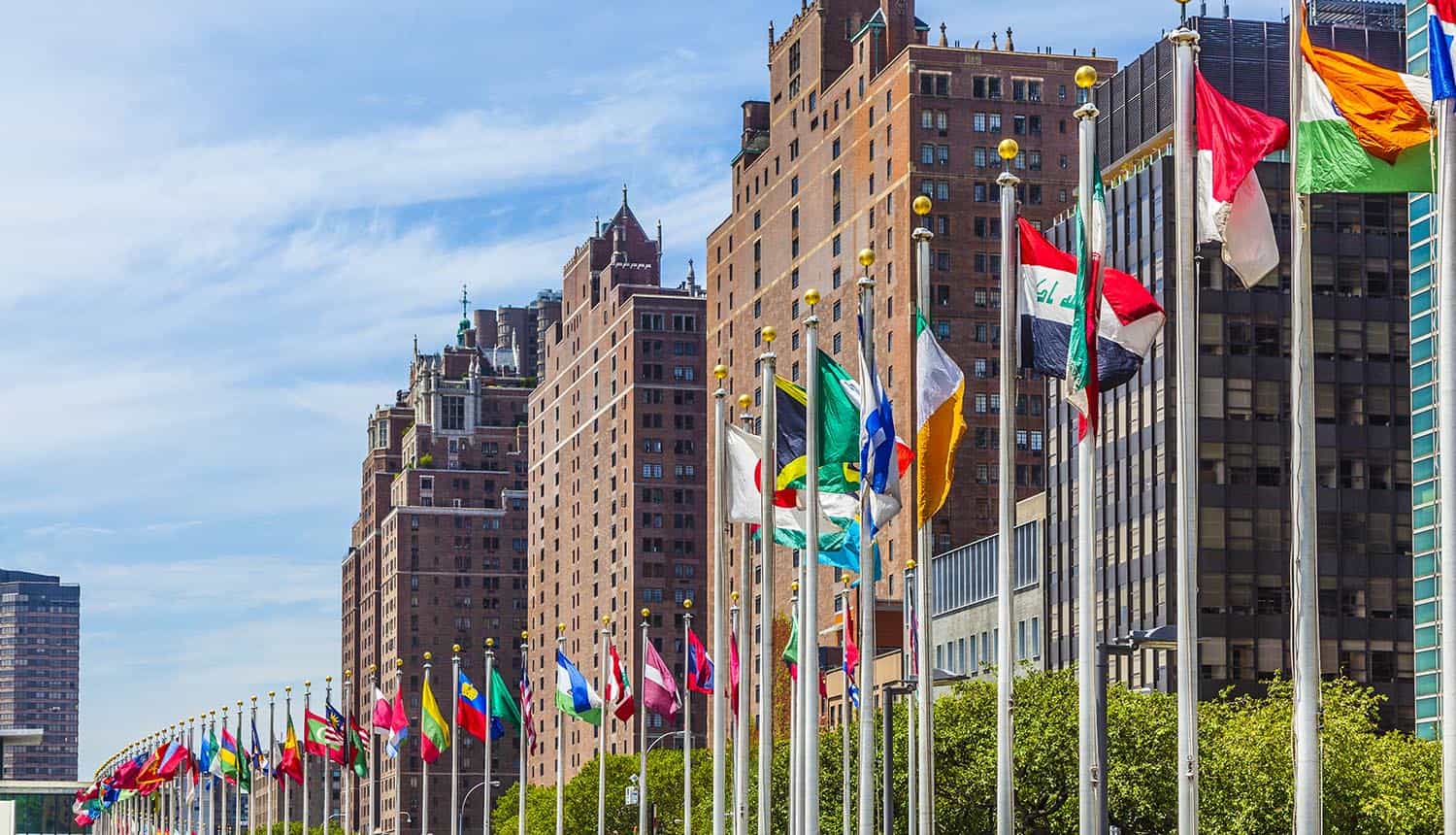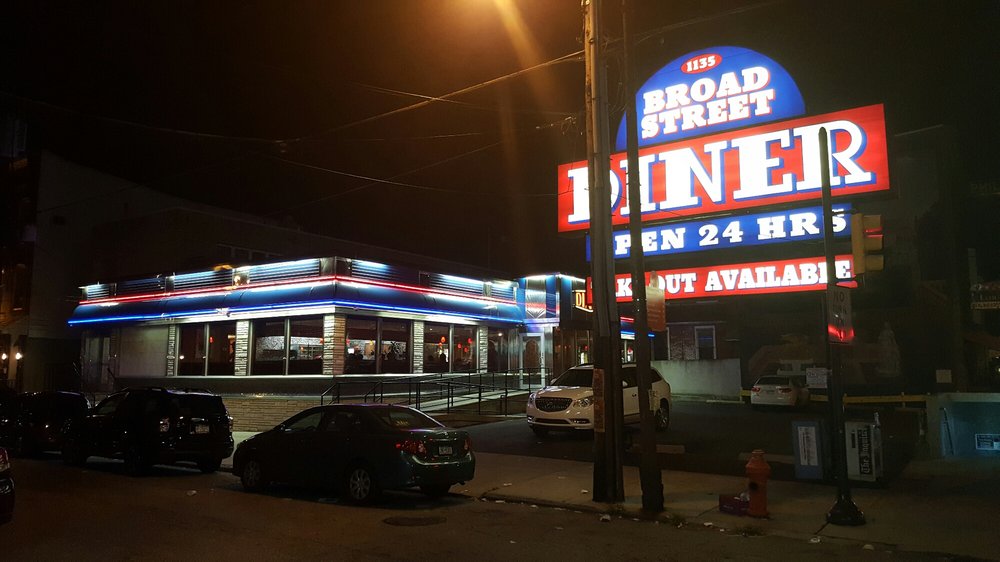El Salvador's Gang Violence And The US Political Debate: The Kilmar Abrego Garcia Case

Table of Contents
The Rise of Gang Violence in El Salvador and its Impact on Migration
The Roots of Gang Violence
The historical context of gang formation in El Salvador is crucial to understanding the current crisis. The country's brutal civil war (1979-1992) left a legacy of instability, poverty, and widespread trauma. This fertile ground allowed gangs like MS-13 and Barrio 18 to flourish.
- Post-civil war instability: The absence of strong governance and economic opportunities created a vacuum filled by criminal organizations.
- Poverty and lack of opportunity: Limited access to education and employment drove many young people into the arms of gangs, offering a sense of belonging and, however misguided, purpose.
- Weak governance: Corruption and ineffective law enforcement allowed gangs to operate with relative impunity, expanding their influence and control over territories.
- Recruitment tactics of gangs: Gangs actively recruit vulnerable youth through intimidation, coercion, and promises of protection and financial gain.
The cyclical nature of violence perpetuates itself. Gang violence disrupts communities, hindering economic development and creating a climate of fear that prevents investment and progress. This, in turn, fuels further recruitment into gangs, creating a vicious cycle.
The Human Cost of Gang Violence and its Influence on US Immigration
The impact of El Salvador gang violence on Salvadoran citizens is devastating. Thousands have been displaced from their homes, forced to flee their communities to escape the constant threat of violence. This mass displacement has led to a significant increase in asylum seekers heading to the United States.
- Increased asylum applications from El Salvador: The US has seen a surge in asylum claims from Salvadorans seeking refuge from gang violence, placing a strain on immigration systems.
- Challenges faced by asylum seekers in the US: Asylum seekers often face lengthy processing times, bureaucratic hurdles, and significant legal challenges.
- Strained resources for processing asylum claims: The sheer volume of asylum applications from El Salvador has stretched resources and created backlogs in the US immigration system.
The fear of gang violence is a primary driver of migration to the United States. People desperate to protect themselves and their families are willing to undertake dangerous journeys and face uncertain futures in search of safety.
The Role of US Foreign Policy
The US has a long history of involvement in El Salvador, and its foreign policy has undoubtedly played a role in shaping the current situation. While US aid has been intended to support stability and development, criticisms remain regarding its effectiveness and unintended consequences.
- US aid to El Salvador: Aid packages have included support for security forces, aiming to combat gang violence and improve governance.
- Support for security forces: However, concerns have been raised about human rights abuses committed by security forces.
- Criticism of US intervention: Some argue that past US interventions have destabilized the region, inadvertently contributing to the rise of gangs.
Analyzing the effectiveness of different US approaches to addressing El Salvador gang violence is crucial for informing future strategies. A more nuanced and holistic approach, considering the complex interplay of political, economic, and social factors, is essential.
The Kilmar Abrego Garcia Case: A Microcosm of the Broader Issue
Abrego Garcia's Story
Kilmar Abrego Garcia's hypothetical case illustrates the plight of many Salvadorans. Imagine Kilmar, a young man from a small village, whose family faced constant threats from MS-13. His father was killed after refusing to pay extortion fees, and his mother was forced to flee their home. With no viable future in El Salvador, Kilmar risked his life to make the perilous journey to the US seeking asylum.
- Family background: A family torn apart by gang violence, highlighting the devastating impact on family structures.
- Reasons for leaving El Salvador: Direct threats from gangs, lack of safety and opportunity, desperation to protect his mother and siblings.
- Experience with gang violence: Witnessing firsthand the brutality and ruthlessness of gangs, which fueled his decision to flee.
- Immigration status in the US: The complexities and uncertainties of the asylum process, awaiting a decision that determines his future.
Kilmar's story is representative of countless Salvadorans fleeing gang violence, facing immense hardship and uncertainty in their search for safety and a better life.
Political Implications of Abrego Garcia’s Case
Kilmar's (hypothetical) case, and similar stories, have become potent symbols in the US political debate. They are used to bolster contrasting arguments on immigration and border security.
- Arguments for stricter border control: Some politicians use such cases to justify stricter border security measures, arguing that they are necessary to prevent the entry of criminals and gang members.
- Arguments for increased humanitarian aid to El Salvador: Others emphasize the need for increased humanitarian aid and development assistance to address the root causes of migration.
- Political polarization around immigration: The issue of immigration from El Salvador, deeply intertwined with El Salvador gang violence, remains highly politicized, fueling divisions within the US.
The use of individual stories to support political arguments highlights the deeply human aspect of this complex issue, underscoring the need for a compassionate and informed approach.
Potential Solutions and Future Outlook
Addressing the Root Causes of Gang Violence
Sustainable solutions require addressing the underlying socioeconomic factors that fuel gang violence in El Salvador. This requires a long-term commitment to rebuilding communities and strengthening governance.
- Investment in education: Providing quality education and vocational training to create opportunities for youth and reduce gang recruitment.
- Job creation: Creating economic opportunities to reduce poverty and provide alternatives to gang life.
- Community development programs: Implementing programs that empower communities, promoting social cohesion and reducing the influence of gangs.
- Strengthening governance and rule of law: Improving law enforcement, reducing corruption, and strengthening the judicial system to hold gang members accountable.
Focusing solely on law enforcement will not solve the problem; addressing the root causes is crucial for sustainable progress.
Improved US-El Salvador Cooperation
Strengthened cooperation between the US and El Salvador is essential for addressing this complex challenge. This requires a collaborative, holistic approach that involves multiple stakeholders.
- Increased foreign aid focusing on development and human rights: Directing aid towards programs that address poverty, improve governance, and respect human rights.
- Improved information sharing: Enhance intelligence sharing and collaboration between law enforcement agencies to combat transnational crime.
- Joint efforts to combat transnational crime: Working together to disrupt criminal networks and weaken the power of gangs.
A collaborative effort between the two nations is vital for long-term success in addressing the issue of El Salvador gang violence and its repercussions.
Conclusion
El Salvador's gang violence represents a complex humanitarian crisis with far-reaching implications for both El Salvador and the United States. The hypothetical case of Kilmar Abrego Garcia serves as a powerful illustration of the human cost of this ongoing conflict and its impact on US immigration policy. Addressing this challenge requires a multifaceted approach that tackles the root causes of violence in El Salvador, strengthens regional cooperation, and promotes humane and effective immigration policies. Understanding the complexities of El Salvador gang violence is crucial for developing effective and compassionate solutions. We urge readers to stay informed and advocate for policies that support both the safety and well-being of the Salvadoran people and the fair treatment of asylum seekers. Let's work together to find lasting solutions to this devastating issue of El Salvador gang violence.

Featured Posts
-
 Nottingham Hospital Data Breach Families Anger Over Accessed A And E Records
May 10, 2025
Nottingham Hospital Data Breach Families Anger Over Accessed A And E Records
May 10, 2025 -
 Unprovoked Racist Attack Woman Charged With Murder In Mans Stabbing Death
May 10, 2025
Unprovoked Racist Attack Woman Charged With Murder In Mans Stabbing Death
May 10, 2025 -
 Hyatt Hotel Project Fate Of Historic Broad Street Diner Sealed
May 10, 2025
Hyatt Hotel Project Fate Of Historic Broad Street Diner Sealed
May 10, 2025 -
 Harry Styles Response To A Terrible Snl Impression
May 10, 2025
Harry Styles Response To A Terrible Snl Impression
May 10, 2025 -
 Nyt Strands Saturday March 15 Complete Answers For Game 377
May 10, 2025
Nyt Strands Saturday March 15 Complete Answers For Game 377
May 10, 2025
